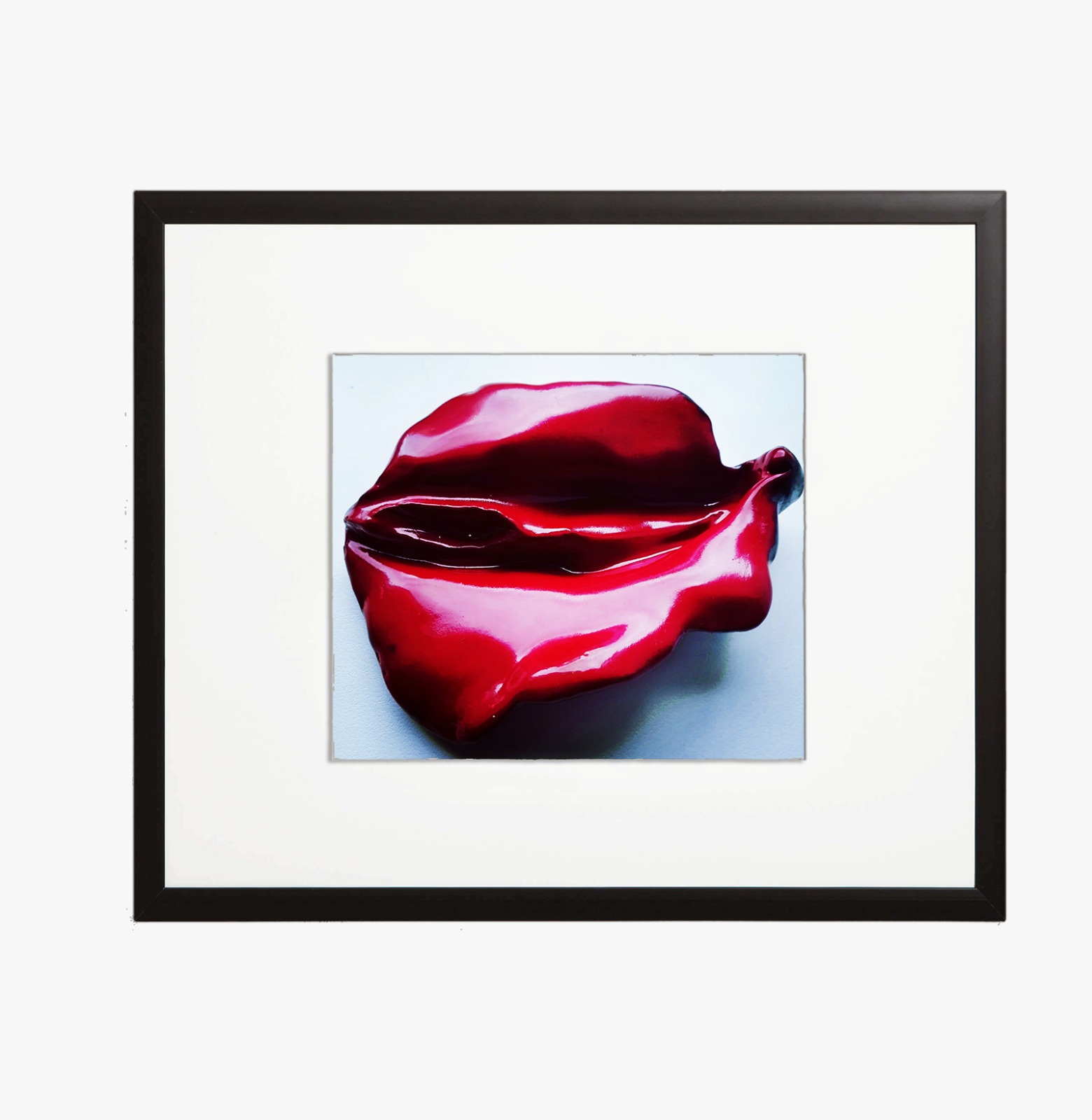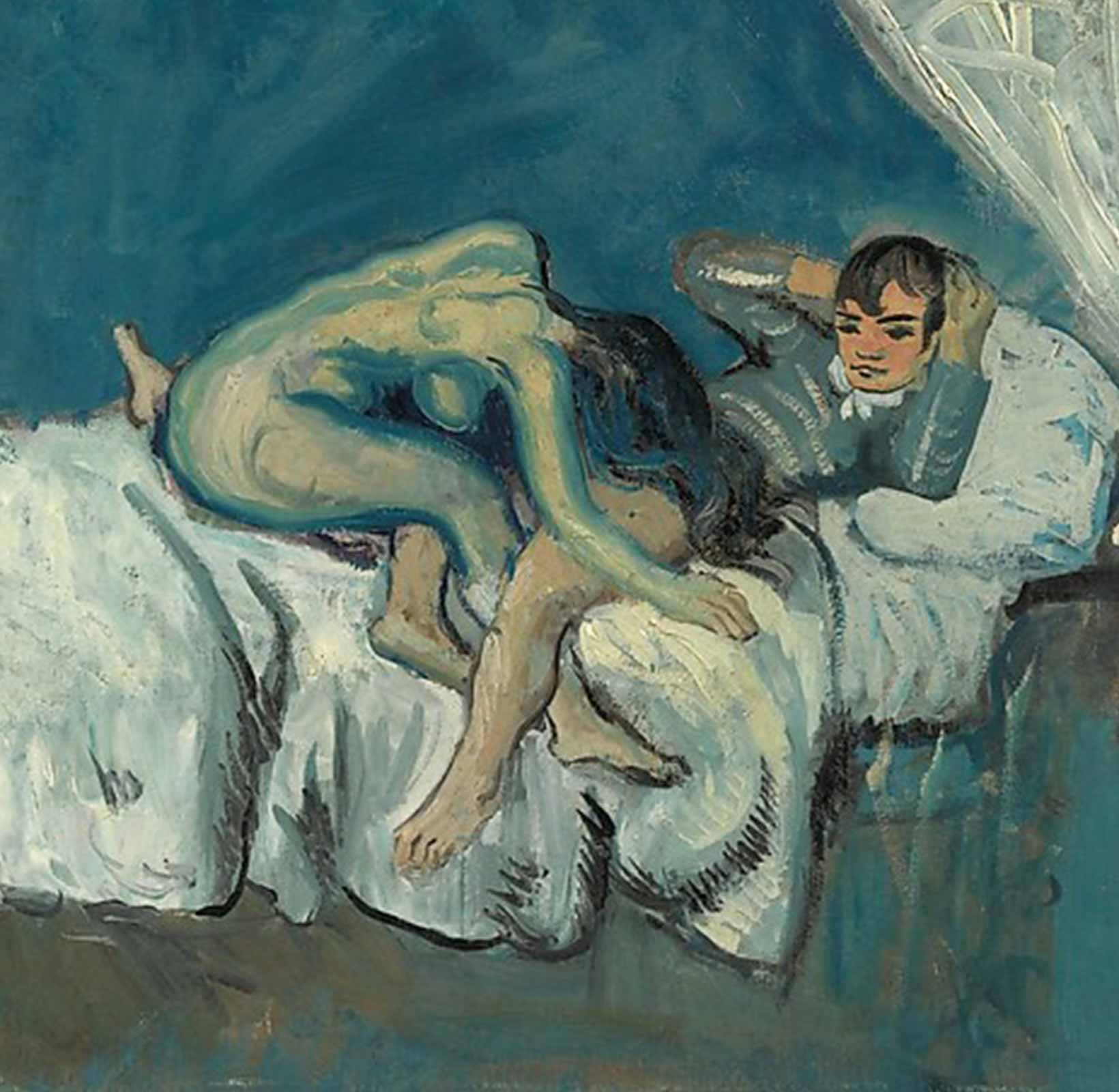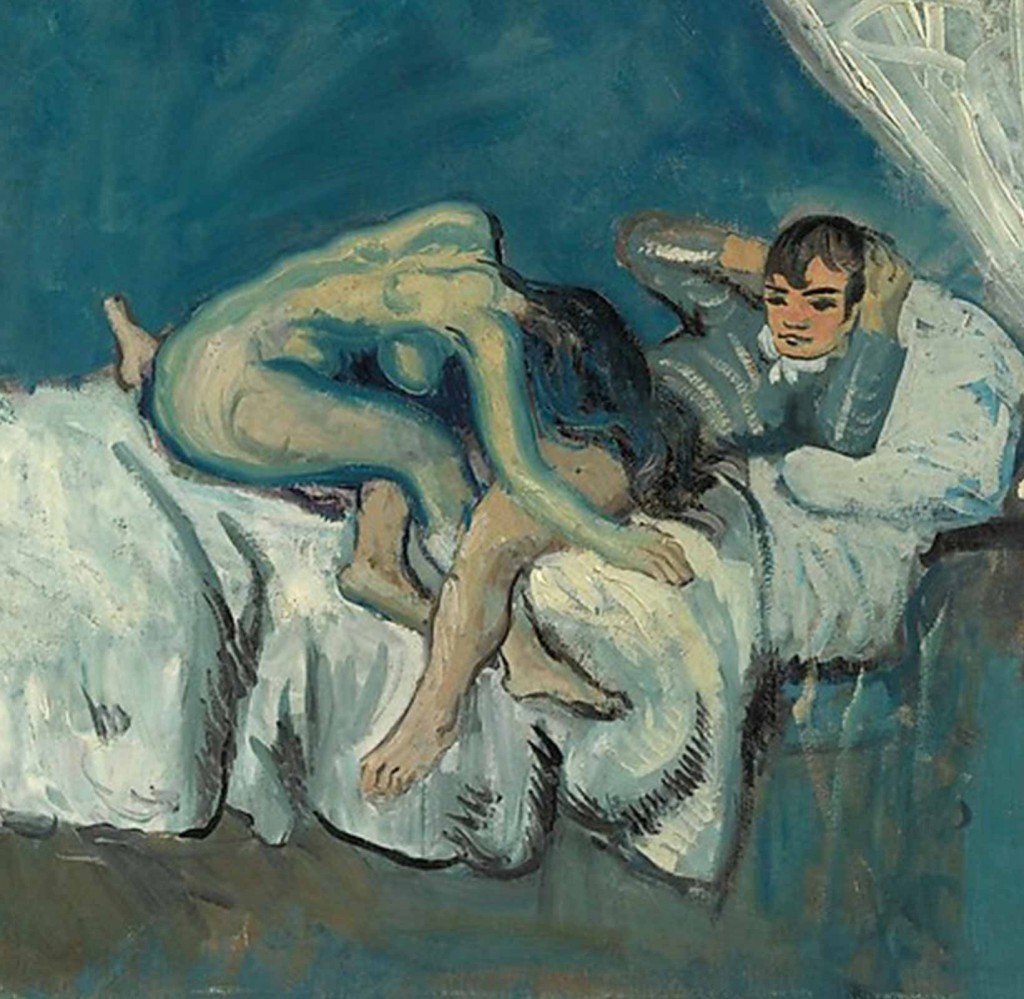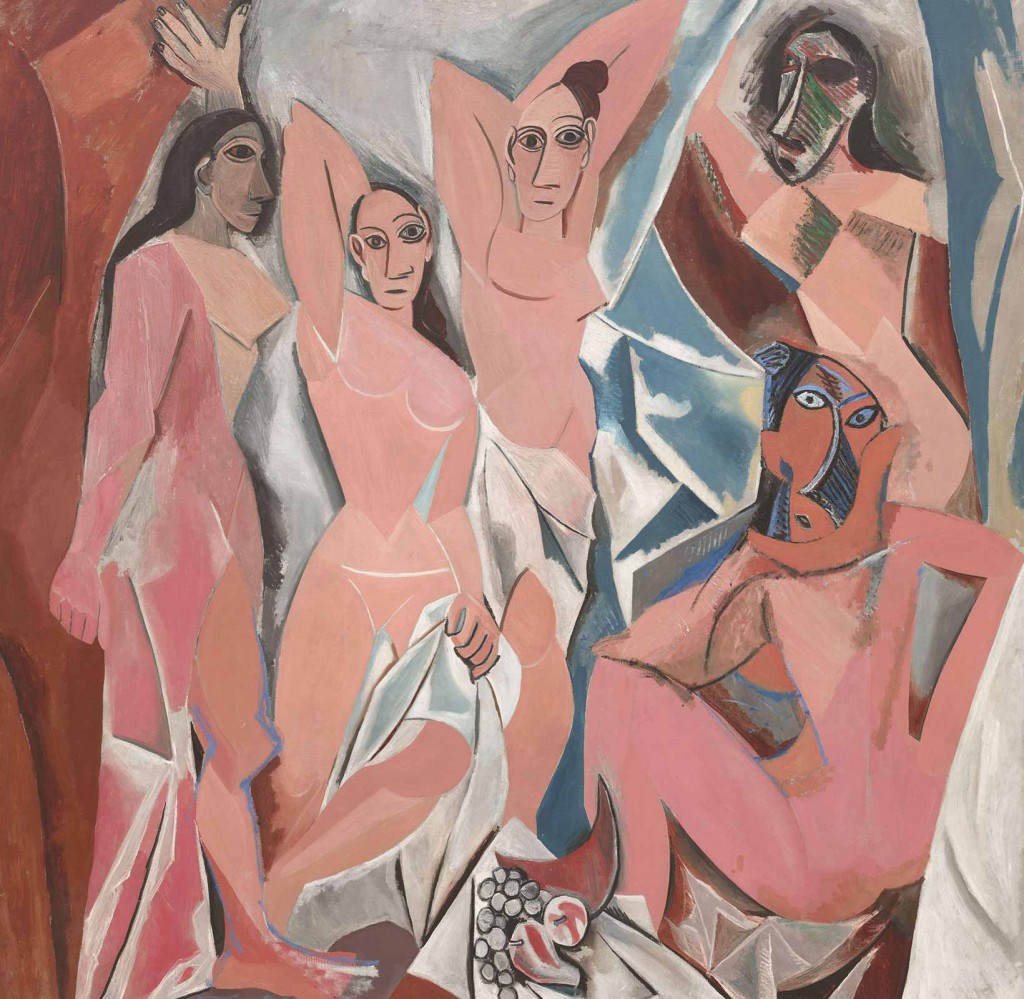JUDGE ME. While the word “judge” could be considered harsh, it is not a word that must always have a negative meaning. All of us make judgments daily. It is human nature, part of survival. When...
JUDGE ME. While the word “judge” could be considered harsh, it is not a word that must always have a negative meaning. All of us make judgments daily. It is human nature, part of survival. When observing erotic art on someone’s wall, it is natural for many to draw some conclusions about that individual. While an individual’s morals or character can not necessarily be judged by the art on their wall, one’s individuality and respect for a woman’s body can certainly be assessed by which works of art adorn their home.
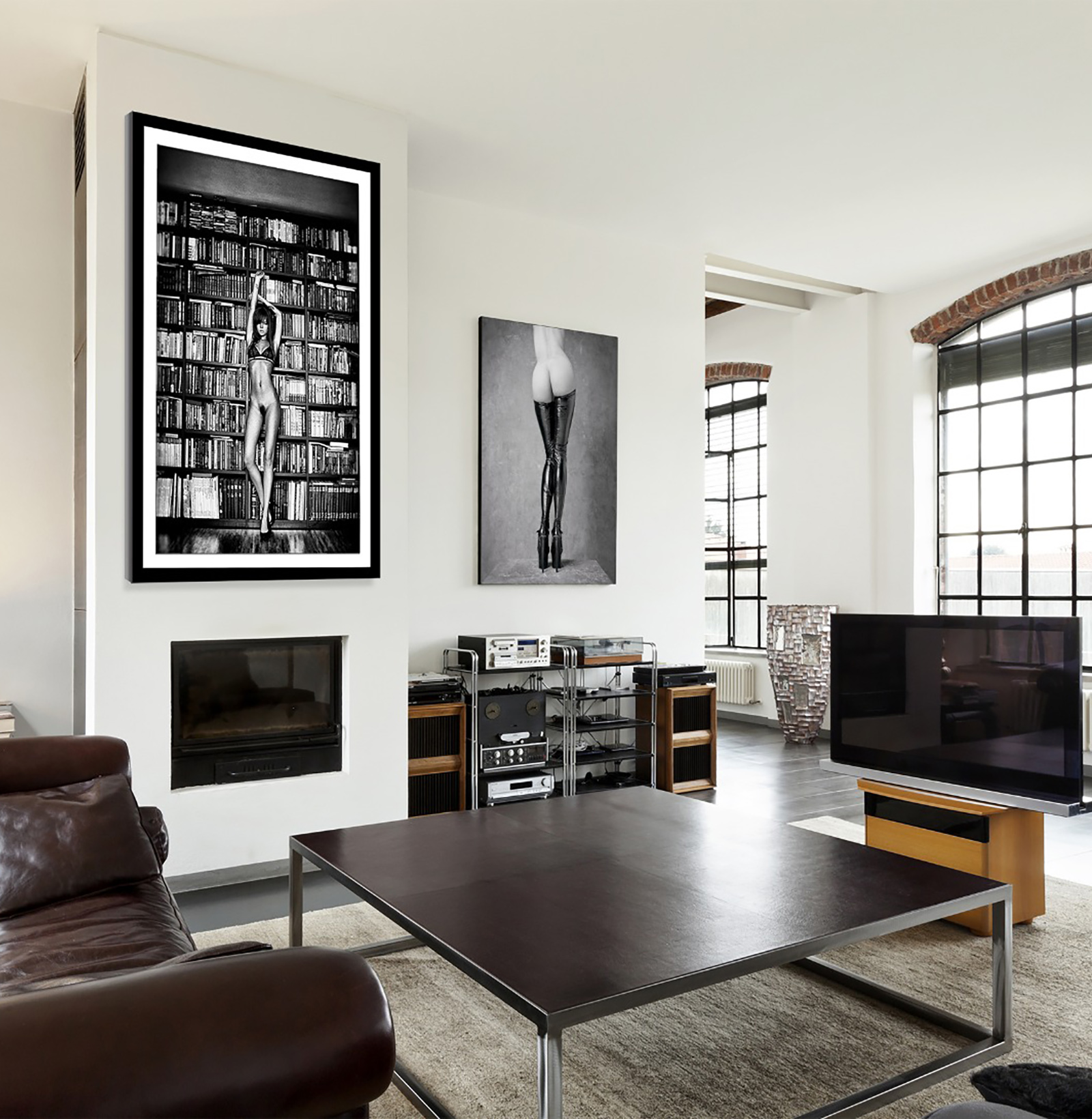
To display tasteful erotica and provocative art in one’s home can actually be a demonstration of appreciation, respect and even reverence towards a woman’s body. What an individual hangs on the walls of their home represents, in a sense, their own perspective. No matter the genre, it is apparent when a particular piece of erotica has been chosen carefully. The effort it took to choose the piece and hang it required contemplation and energy. Investing in art and the motivation behind it. That piece may lend a fresh perspective of their relationship dynamics, or what they prioritize. At the risk of oversimplifying, what one hangs on their wall does indeed express in some measure who they are.
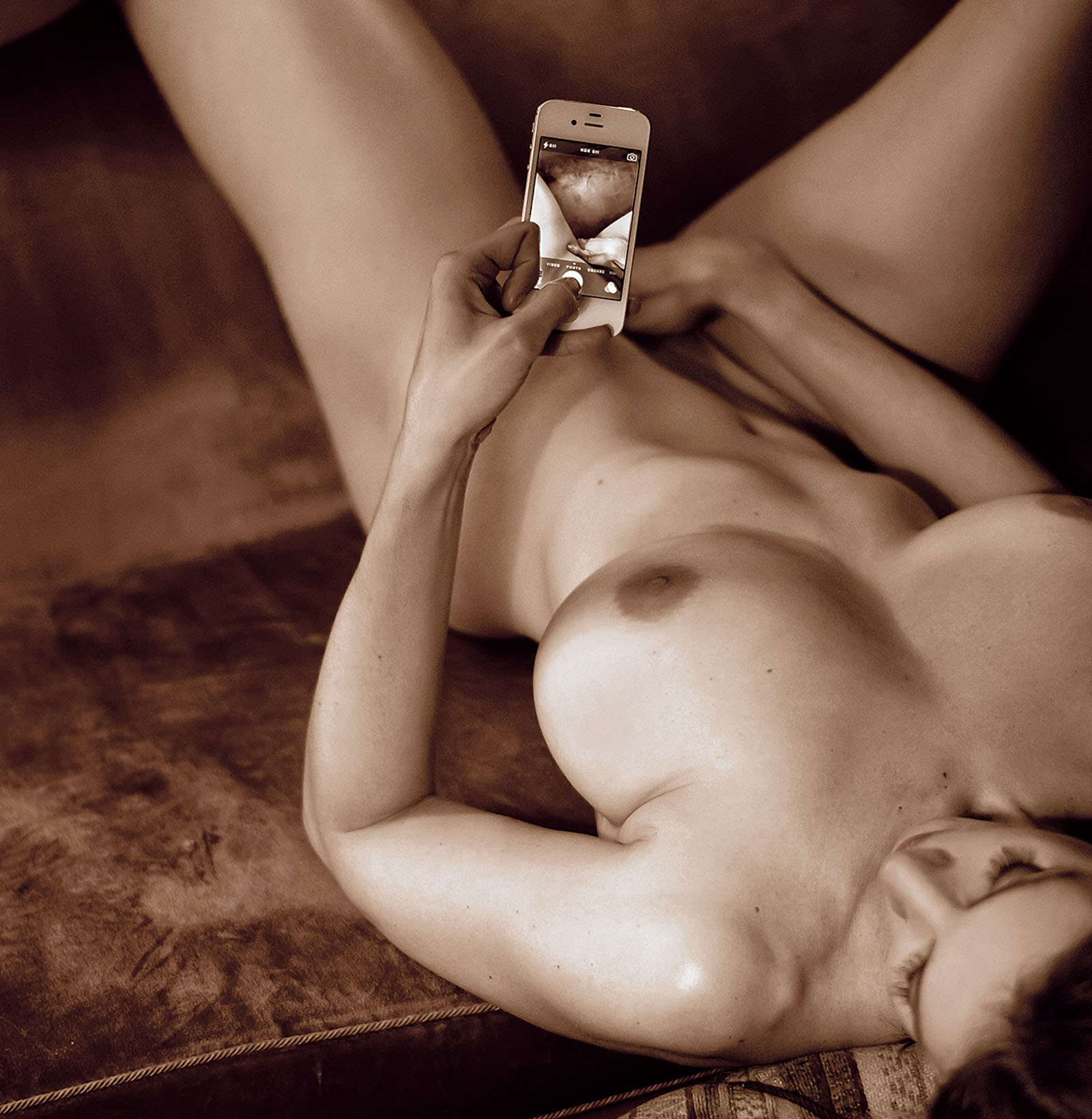
If a collection of erotic art demonstrates an owner’s individuality, it can simultaneously demonstrate their knowledge of what art is as well. The ability to judge a person by the art on their wall applies powerfully when getting a feel for what sort of person they are, in the face of open-minded discussion. As all art forms can be controversial, those who display art (erotic especially) tend to be open to and may even invite hearty and intelligent debate. The judgment can usually safely be made that they are open-minded, understanding, and motivated to educate and be educated in many areas.
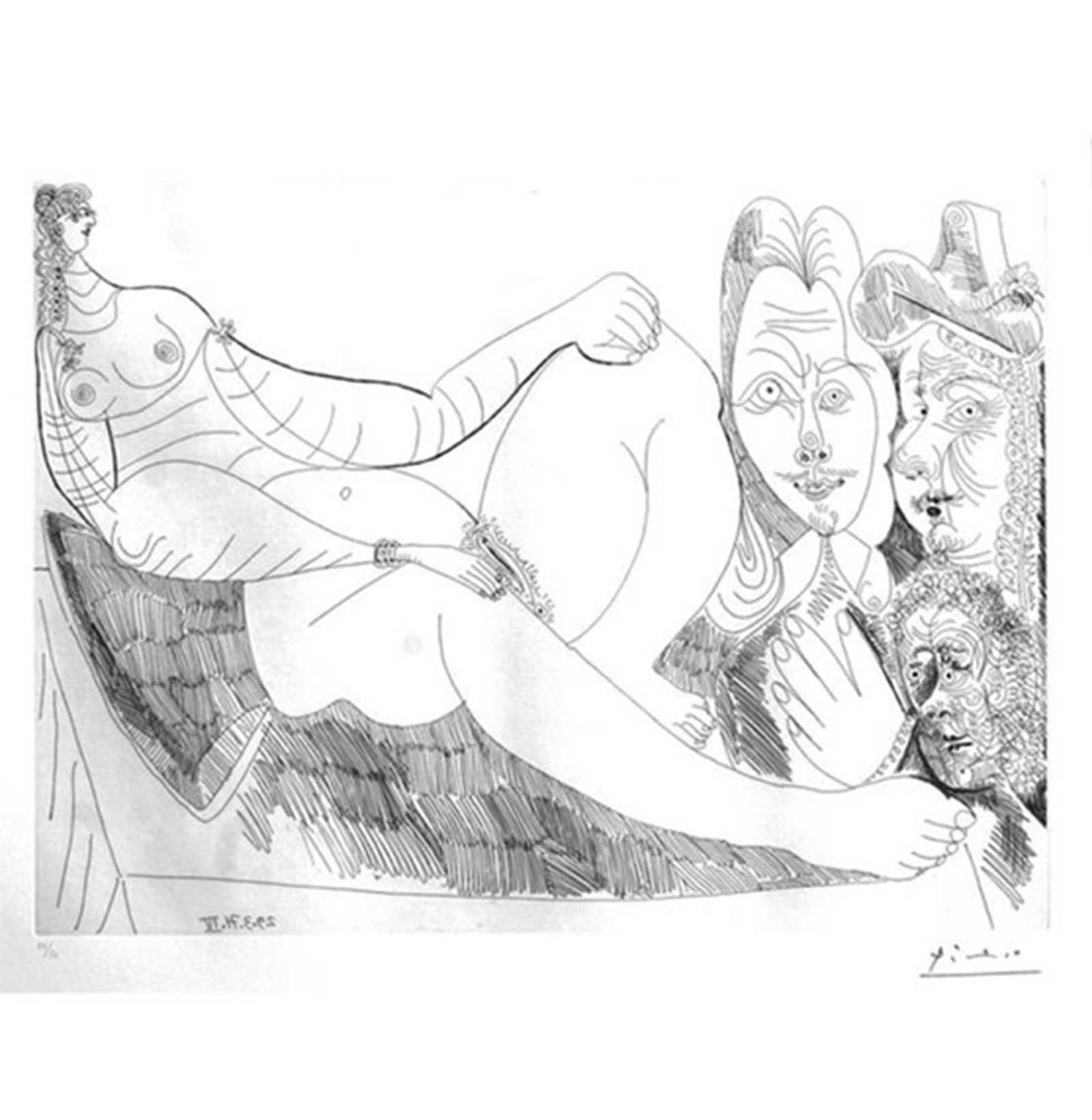
The pictured etching done by Picasso poses an unerring example of the power art can wield, as it is certain to ignite lively conversation due to its controversial depiction. The overstated vagina, as well as the large and shady faces of the men viewing it, in contrast to the smaller face of the woman, makes an audacious presentation of the differing societal views of genders. Conversation on a piece such as this can lead to the realms of feminism, respect, and the different powers of gender. Erotic art is not only eye-catching, but it has the potential to encourage types of conversation between people that otherwise may not have taken place. Those who display erotic art in their homes understand this and customarily embrace it.
Conversation and intellectual stimulation begin as a result of viewing erotic art.
The sharing of their own understanding and comprehension of taste and beauty contribute a healthy, cultured perspective to those who have not made such realizations. Indeed, it could be said that collecting erotic art is an intelligent choice for a buyer and a favor to the intellect of those entering their home. It also must be added that one doesn’t require a college degree to appreciate and understand the art of any form.
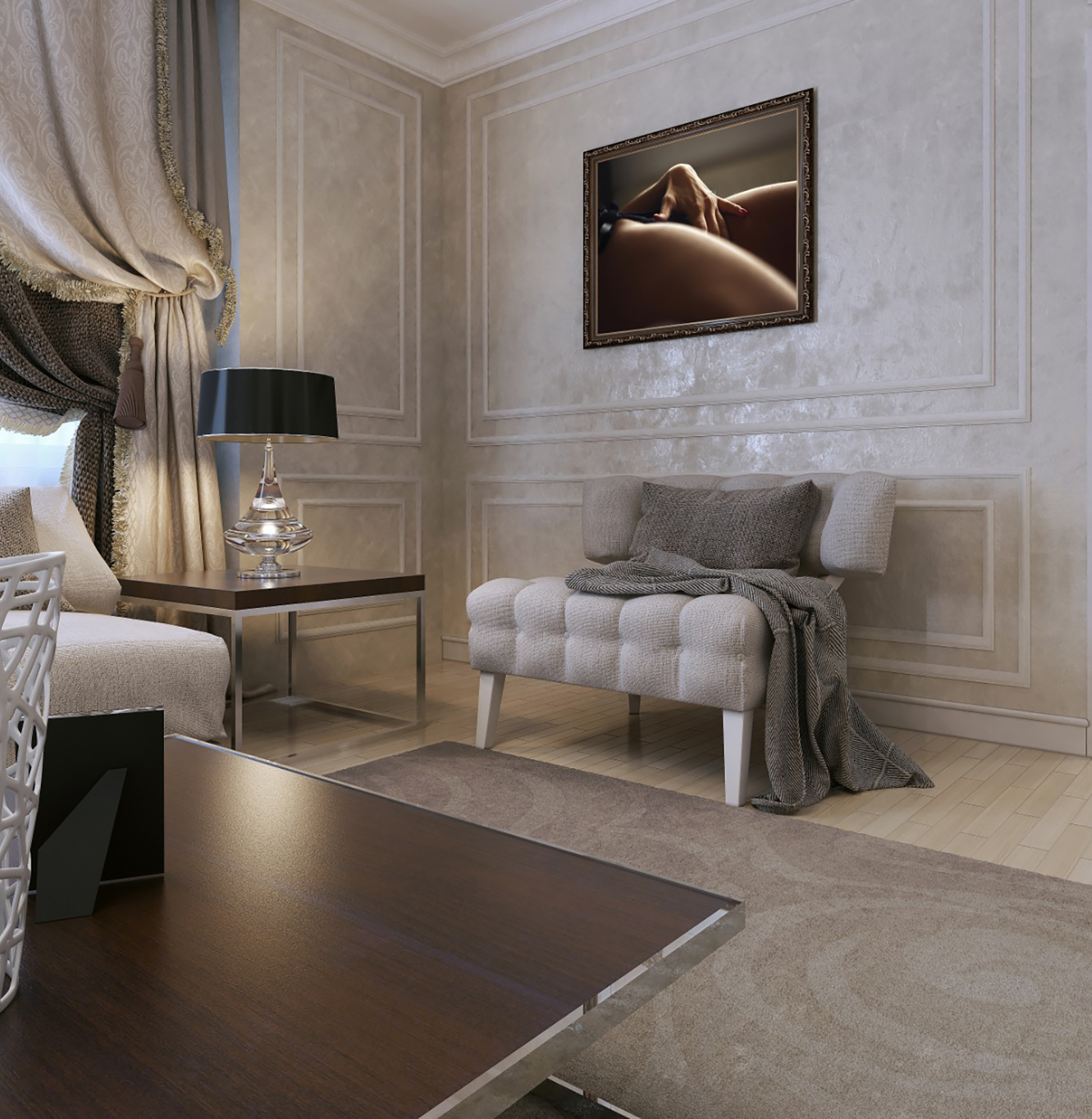
Another judgment to be made when encountering erotic art in a person’s home is of the sexual perspective of the individual displaying the art, versus our oftentimes sex-saturated society of pornography. To display an erotic, proud depiction of artwork is to embrace sexuality in a fresh and lively measure. There is no shame in portraying a sensuous female form in a respectful and tasteful manner, as the purpose is not pornographic, but thoughtful, sexy and moving. Buyers of erotic art understand that they will be judged by the art on their wall. Their erotica is therefore displayed proudly, inviting the doors of communication, education, and intellect to fling wide.
Art Provocateur Gallery welcomes you to peruse a beautifully curated collection of nude and erotic art from all over the world.
